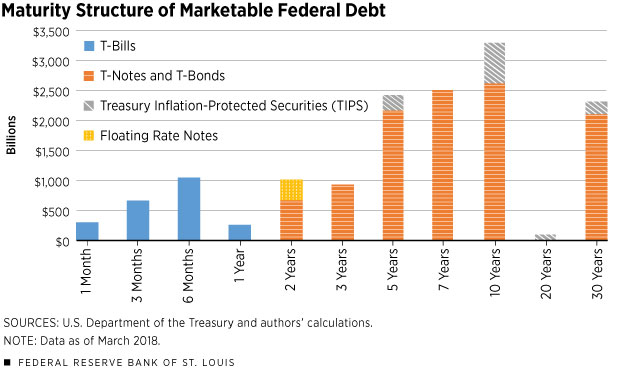Until recent changes were made to Google and Facebook search engines, these tech companies promoted Holocaust denier websites to a high ranking in search results about the Holocaust. See for example, BBC News, "Google responds on skewed Holocaust search results" by Chris Baraniuk, Technology reporter, 20 December 2016, and Business Insider, "Facebook has been promoting Holocaust denial groups at the top of its search results, and now says it made a mistake" by Rob Price, Jul. 20, 2018.
I do not believe anyone at the senior and executive level of either company is a Holocaust denier, nor do I believe any employee intentionally manipulated the code of the search engines to promote sites denying the occurrence of the Holocaust.
Complex coding can result in unintentional outcomes. Ask any company that is trying to write autonomous automobile driving programs, any computer programmer who had to debug a computer operating system code or debug any other complex computer program.
If the Tech companies were wiser, they would admit that skewed search results do happen at times in any search and can frequently happen for certain topic searches where there are extreme points of view. Denying that results for political based searches can be one-sided and appear biased is neither productive nor true. There is nothing wrong with adjusting a search to promote some lower ranking sites to give a more balance presentation of facts as a search result even if an unadjusted search result would give a one-sided result a higher ranking.
Correcting misconceptions about markets, economics, asset prices, derivatives, equities, debt and finance
Wednesday, August 29, 2018
Google And Facebook Unbiased Search Engines Until Recently Top Ranked Holocaust Deniers: Why Are Tech Companies Refusing To Admit That Their Search Results Can Be Unknowingly Biased: Higher Search Ranking Of Anti-Trump, Anti-Conservative Sites Might Also Be Unintentionally Happening
Posted By Milton Recht
Saturday, August 25, 2018
News Audience Fell For Every News Media Except Radio In 2017
Posted By Milton Recht
From Pew Research Center, "5 facts about the state of the news media in 2017" by Michael Barthel:
The audience for nearly every major sector of the U.S. news media fell in 2017 – with the only exception being radio. The evening audience for both local and network TV news declined 7%, while for cable it fell 12%, according to comScore TV Essentials® and StationView Essentials® data. Meanwhile, digital-native news sites’ audiences declined by 5% in terms of monthly unique visitors in 2017, according to comScore Media Metrix Multi-platform data. And the circulation for U.S. daily newspapers, whose audience has been steadily declining for several decades, fell by 11% last year, according to an analysis of data from the Alliance for Audited Media (AAM).
| Source: Pew Research Center |
Tuesday, August 21, 2018
Maturity Structure Of Marketable Federal Debt
Posted By Milton Recht
From the Federal Reserve Bank of St. Louis, Regional Economist, Third Quarter 2018, "Rising Rates Impact Borrowing Costs for the U.S. Government, Too" by Miguel Faria e Castro and Asha Bharadwaj:
Short and Long Maturities
Figure 2 presents the maturity structure of marketable federal debt as of March 2018. Each bar corresponds to the value of outstanding debt issued at the given maturity.
Source: Federal Reserve Bank of St. Louis
Figure 2 also decomposes this federal debt by the type of security. Each of these securities has different characteristics, such as a particular maturity schedule or a formula for its interest payments.
The bulk of this federal debt is financed using three main types of securities: Treasury bills, Treasury notes and Treasury bonds. These three types of securities account for almost 90 percent of all marketable federal debt outstanding as of March 2018. [Footnotes omitted.]
Thursday, August 16, 2018
Map Showing Real Value Of $100 In Each State
Posted By Milton Recht
From Tax Foundation, "What Is the Real Value of $100 in Your State?" by Erica York:
This map shows the real value of $100 in each state. Prices for the same goods are often much cheaper in states like Missouri or Ohio than they are in states like New York or California. As a result, the same amount of cash can buy you comparatively more in a low-price state than in a high-price state.
 |
| Source: Tax Foundation |
Wednesday, August 8, 2018
Map Of State Gasoline Taxes
Posted By Milton Recht
From Tax Foundation, "State Gasoline Tax Rates as of July 2018" by Katherine Loughead:
Today’s map shows gasoline tax rates in each state as of July 2018, using recently released data from the American Petroleum Institute.
States levy gas taxes in a variety of ways, including per-gallon excise taxes collected at the pump, excise taxes imposed on wholesalers and passed along to consumers in the form of higher prices, and sales taxes that apply to the purchase of gasoline.***
 |
| Source: Tax Foundation |
Subscribe to:
Comments (Atom)
